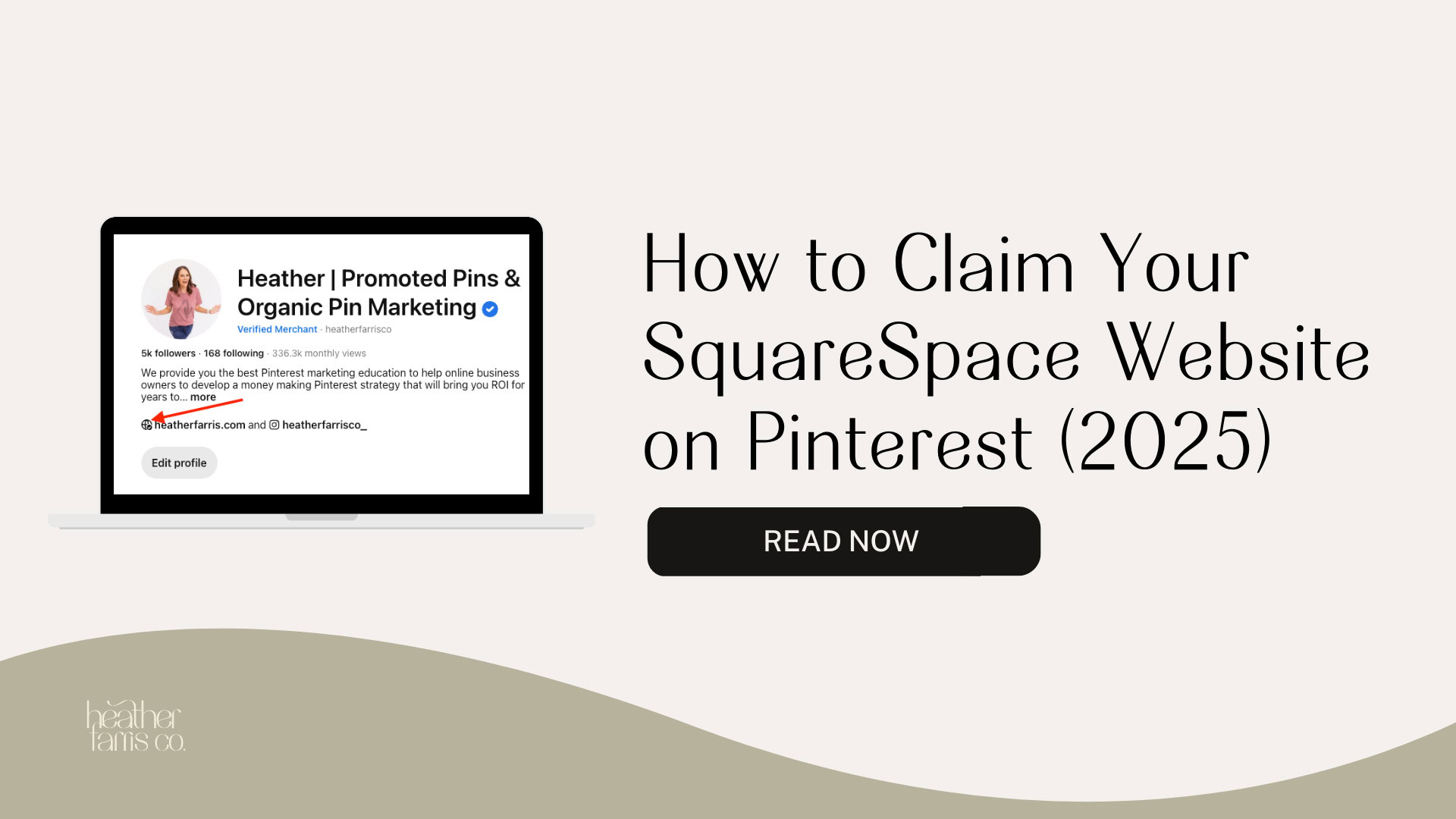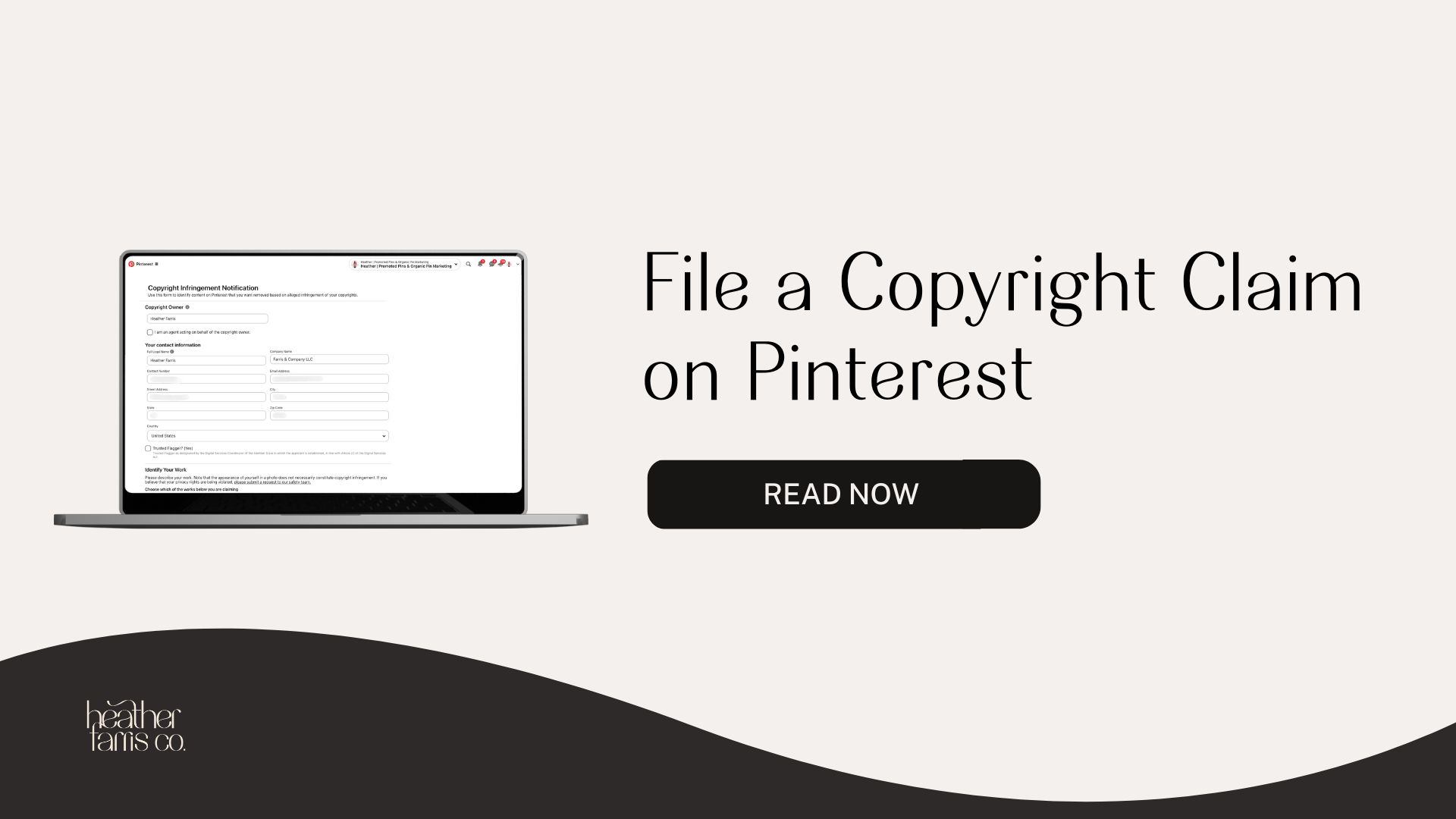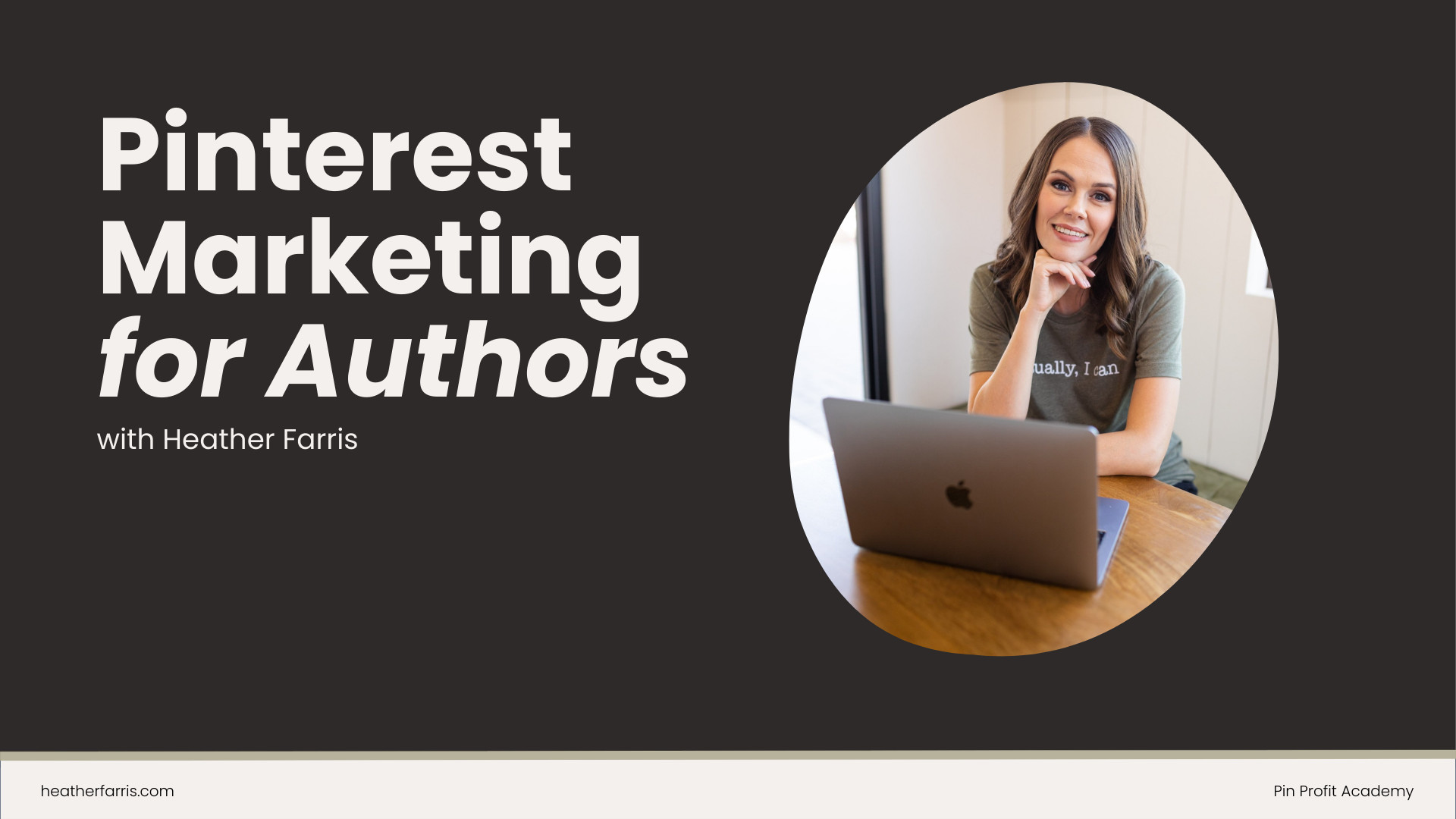Heather is a seasoned
Pinterest marketing expert & educator using the platform since you could reach the bottom of the feed - 2010.
About Heather Farris >
Steal the Full Marketing Process of My Pinterest Agency
May 13, 2022
Creating content online can feel overwhelming, especially when you are trying to monetize that content and create consistently, so you can continue to show up and rank on Google, YouTube, TikTok, or Instagram. If you don’t have a strategy, workflow, and system to keep you on task and on track, you may feel like you are on a hamster wheel going nowhere.
When you are a content creator, the last thing you want to do is create content at the last minute because chances are it will not be well thought out or strategic to your business. It will be like slapping something up and sending it out on a hope and prayer. We don’t do that if we want to make a consistent income that is repeatable and measurable in our businesses.
Behind the scenes with my complete marketing system
Today, I will take you behind my full marketing process. This is a three-phase process that I have created for myself over the last year, and I have fallen in love with it. I have tweaked it a lot over the year to make it fit my team and my business.
I have people in my team now who help me publish the content. As soon as I am done filming this video, I will hand over the baton to my video editor, she is going to hand it off to our writer, and that person can hand it off to our content manager.
So I have a few people in my business who help me make sure my content is going out on time and getting produced. I am not the only one on this ship anymore. I do need the ship, I am steering it, but at the end of the day, I have help.
If you are a solopreneur, you can utilize this system, and it can still work for you. I was a solopreneur for many years, creating everything with my content. Even when I started my YouTube channel, it took me a few months to hire a video editor. But you don’t need to have a team to use this system.
RELATED: Create a Pinterest Marketing Plan in 5 Easy Steps
My content and full marketing process overview
Now that I have been transparent, I have told you about my video editor Sonia, our writer Manveen, and Sarah, our content manager; let’s talk about what it looks like and take you behind the scenes. I still do all of the marketing in my business. I am also doing all the social media marketing, email marketing, and pins.
However, the people that are helping me on my team are:
- editing the videos
- writing the blog posts
- publishing the blog posts
So, those are the three areas for which I get help.
The things still in my wheelhouse are:
- Ideation
- Creating the content
- Marketing the content
I still do these every week.
RELATED: Is Pinterest Marketing Right for My Business?
Phase 1 – The Content Plan
We are going to start our journey on the content planning list. We begin with ideation. I have a separate list that is just brainstorming topics for the business. If I am out of ideas, I go there to pull out ideas into the content plan.
However, in general, I have a customer journey mapped out. I know what you need, and I know when you need it because I have been doing this for a long time. So I will lean on that customer journey, but I also invite you to tell me what you want. I have a lot of people in my Instagram DMs, TikTok, YouTube, and email inbox, telling me exactly what they want to learn.
People email me saying, “Hey Heather, I want to learn this or do that.” So I put those things in the content plan. Once I solidify that that’s the idea, I put it in the outline section.
I have this content plan mapped out, and my marketing plan and Pinterest system are all set up on custom fields.
The custom fields are:
- Outlining
- Filming
- Editing
- Writing
- Final edits
These custom fields are precisely what I have in my official content plan. I’m showing you an example of this exact content plan template that I’m using.
RELATED: 7 Ways to Generate Content Ideas Even When You’re Not Feeling Creative
Outlining
It all starts with an outline. I will outline the content. This is where I’m researching for SEO. I’m looking at whether I want to do a talking-head video or a tutorial-type video, and I’m outlining the whole piece of content. In this phase, I add a couple of pieces that my team will need.
They will need the Google Drive folder and the outline in Google Docs to publish this content for me. So I pull all of those pieces together and drop them into this one task. Once the outline is complete, I will migrate the outline I create in a ClickUp description into a Google Doc.
I will format that outline from a YouTube video to a blog post. So I’m making two outlines in this process. I’m making one for YouTube and one for the blog.
Now it all starts with YouTube for me, and then it filters on down. Through this custom process, once it moves from the outline, and I know that this is the video I’m going to film, I will change the content stage to Film.
RELATED: How to Manage Your Pinterest Strategy in ClickUp
Filming
When it moves to Filming, I then schedule that on my Google calendar for the following Tuesday when I need to create content. I will create a task that says this is the video I am filming for today in my Google calendar. I usually film two videos in one day on average.
As soon as I am done filming that video, I will upload all of the assets (the videos and screenshots) to the Google Drive folder, drop them in ClickUp, and move the Custom stage from Film to Edit.
Editing
Once we have moved to the editing stage, that’s where my team picks up the baton and runs with it. I have Sonia editing the video. When she is done editing, she moves it from editing to writing.
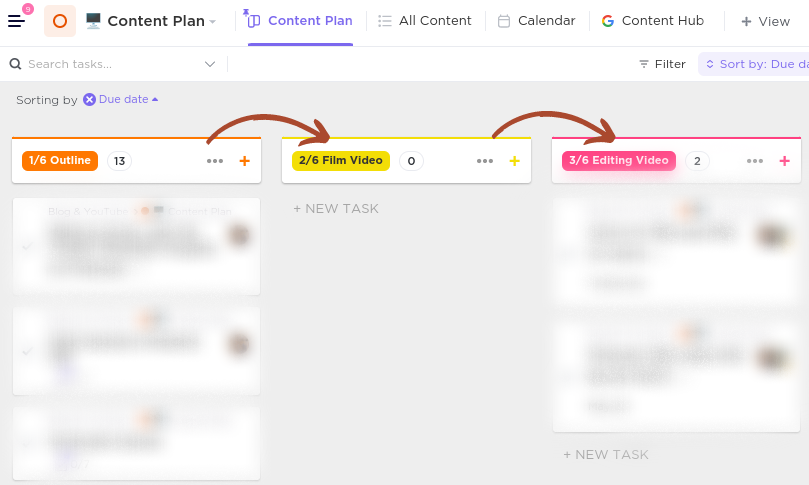
Writing
That’s when our writer Manveen will pick up and write this blog post. She will move it to Drafting when she’s done writing the blog post based off of the video.
Final Edits
The writer will move it from writing to Drafting, and then our content manager Sarah will take that draft. She will finalize it with SEO, put it on my WordPress website, format the entire blog post, upload all the images, and move on from there. The content manager has full approval to publish the blog post.
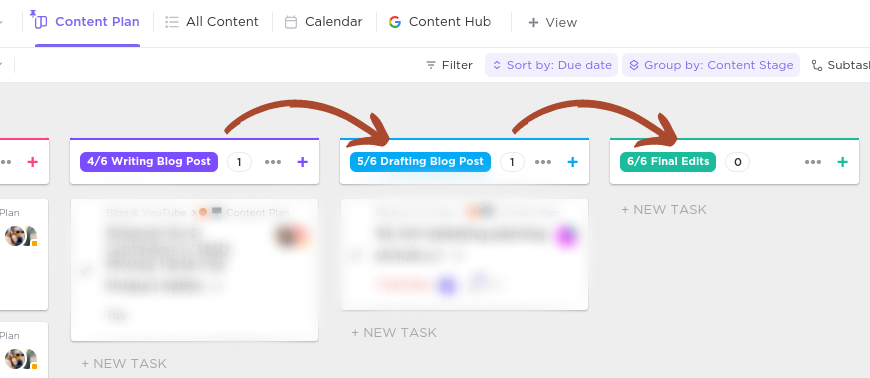
Now in the same phase, I make all the blog images. So as soon as I am finished filming and writing on Tuesdays, I will jump on to Canva, open up my templates for my featured image, my Facebook/Linkedin open graph image, and then my Pinterest images.
I upload all the photos to this individual task. When she gets to this phase, the content manager only has to download them and put them in. She doesn’t have to make any other images. She’s editing the blog content and formatting that in WordPress. Everything is there for her and she just has to plug and play.
That is the first phase of my content plan. Once we have the content plan mapped out for the week, we know what content we need to be creating. Everyone on the team knows what they are going to be working on. That’s when the pieces of content move from the content plan into my marketing plan.
RELATED: Pinterest SEO: What Are Your Customers Searching For on Pinterest?
Phase 2 – The Marketing plan
In this three-phase process, the second phase is my Marketing plan.
In my marketing plan, I have Instagram, email marketing, stories, TikToks, and then repurposing. As my content moves through the marketing phases, if I know I’m going to want to repurpose this when I get to the end of the line, I will leave it in the repurposing task or custom stage.

As soon as I hand off the video to Sonia to edit, an automation feature in ClickUp will copy the task from our content plan and put it into my marketing plan list. I don’t have to put it there manually. That will then populate the draft caption stage of my social media marketing schedule. I have to take that content and draft its social media pieces.
I know what I filmed and wrote over in the content plan. Not everything that goes into my content plan or I’ve published on YouTube actually gets shared on Instagram. So, if I’m not going to share it on Instagram, I will change the custom field status to be whatever I’m going to create on. If I’m not going to create an Instagram, I will make a video for it on TikTok at the very minimum. I would move that from Drafting to Create a TikTok, and it would move on down the line.
RELATED: How to Repurpose TikToks Videos to Pinterest
Customizing my marketing tasks
Now there is one little caveat to this. If I know for the month that I want to create an email and send this particular piece of content to my email list, I will put that in my email marketing stage, and I will draft an email for that. So this is where things do get a little bit choosy. You have to make decisions about where you want to market this.
My marketing plan isn’t like the other phases we go through because different people have different needs on different platforms. I am very picky about where I’m plugging this piece of content from YouTube into those social platforms.
I will draft the caption if it’s going to go on Instagram, and the following week I will create images. Sometimes that flip flops. I’ll create the images and then drop the caption, and then I will schedule it.
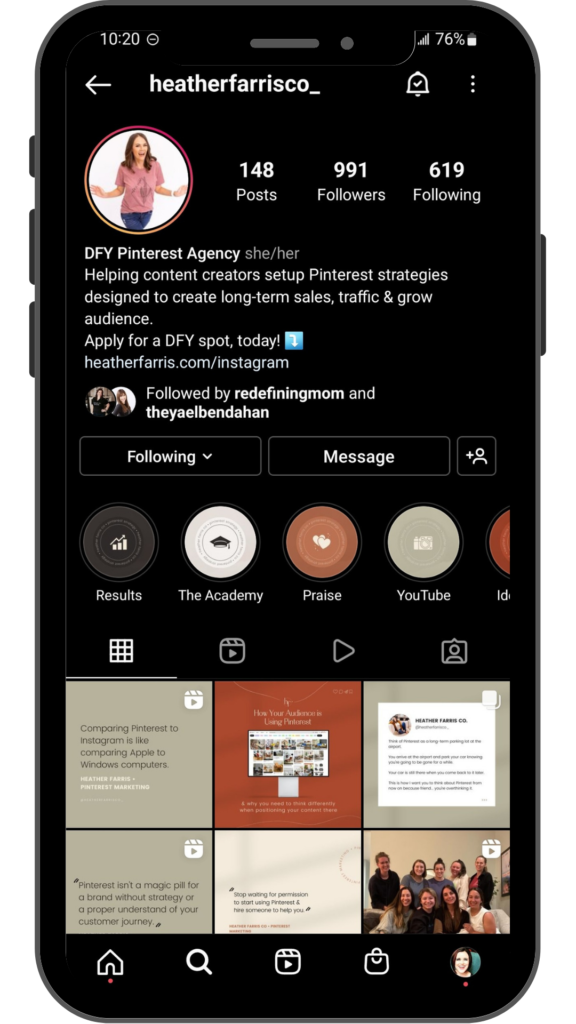
So I generally will sit down at the end of the month and map out my Instagram content for that month, including whatever is coming from YouTube. Once I know what content I’m going to share on Instagram for the month, I can move anything else out that was in the content plan that’s not going to go on Instagram and put it in other places.
From there, I will begin a three-week phase of actually creating that content. This is not all happening in one day. I will draft the caption or make the image, and then the next week, I will either draft the caption and make the image and schedule.
Anyone telling you that you can create content in one day is not telling you that you are creating strategic content that will help you get paid. That’s the difference here.
RELATED: I Tested Pinterest Approved Schedulers So You Don’t Have To
Phase 3 – My Pinterest System
As it moves through this system, it will also create a task in my Pinterest system for me. So in the main content plan, as soon as the task moves from one phase to the next, it will automatically add a task to my Pinterest System.
Because we are making two pins for our content, when that first piece of content goes on the blog, it will go into my Pinterest system, and I will make pins from that again later.
Generally, the Pinterest system phase of my content plan for this whole marketing plan is creating idea pins on a week to week basis and creating pins for other things in the business that I haven’t promoted in a while.
On my Pinterest System Board, I have:
- Resources
- To do
- In progress
- Closed
When something is in the to-do tab, that is content that I have created pins for in the past but I need to create new pins for. If it’s in progress, it is content I’m actively going to create pins for this week, including those you see in the in-progress list of idea pins.
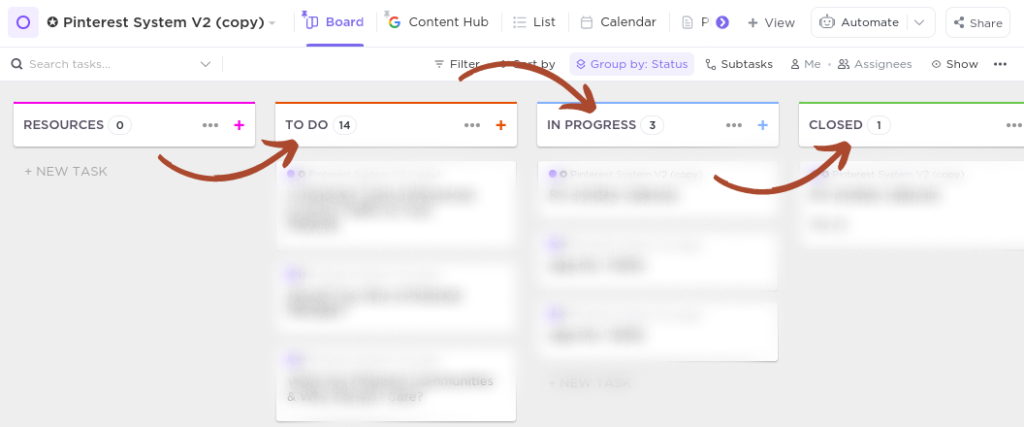
So at the end of the month, when I do content planning, I map out my ideas for the next month. Idea pins are a part of that. I will plug those into this list. Then from week to week, I outline and film those. So every Tuesday, I create content. That is how I make this whole system work.
RELATED: Pinterest Scheduling with Canva and Planoly (My Pinterest System Workflow)
Final thoughts
So, that’s our content plan from start to finish, from ideation to marketing. This isn’t something that happens because I just put something together. It is well thought out, meticulous, and scheduled along the way. It moves from one phase to the next, and each phase is starkly different from the other.
I have the third phase of the Pinterest system in place because I want to create pins for my content continuously. I’m not constantly creating Instagram content or email marketing content. So I keep those two phases different. They’re separate from each other, which is very, very strategic.
If you want to learn more about content marketing strategy from me, you can comment below and let me know what you want to learn or go to my Content Marketing Tips playlist on Youtube. These templates that I have shown you today are all built and ready for you. So if you’re interested in getting these templates, you can go to pinprofitacademy.com, sign up, and go straight to the ClickUp course. That is where all of these ClickUp templates live.
The template part of the process is done for you. You would just need to plug in your content, and that’s it. I hope you have a great time creating strategic content, and you make that money, honey.
Pin It For Later

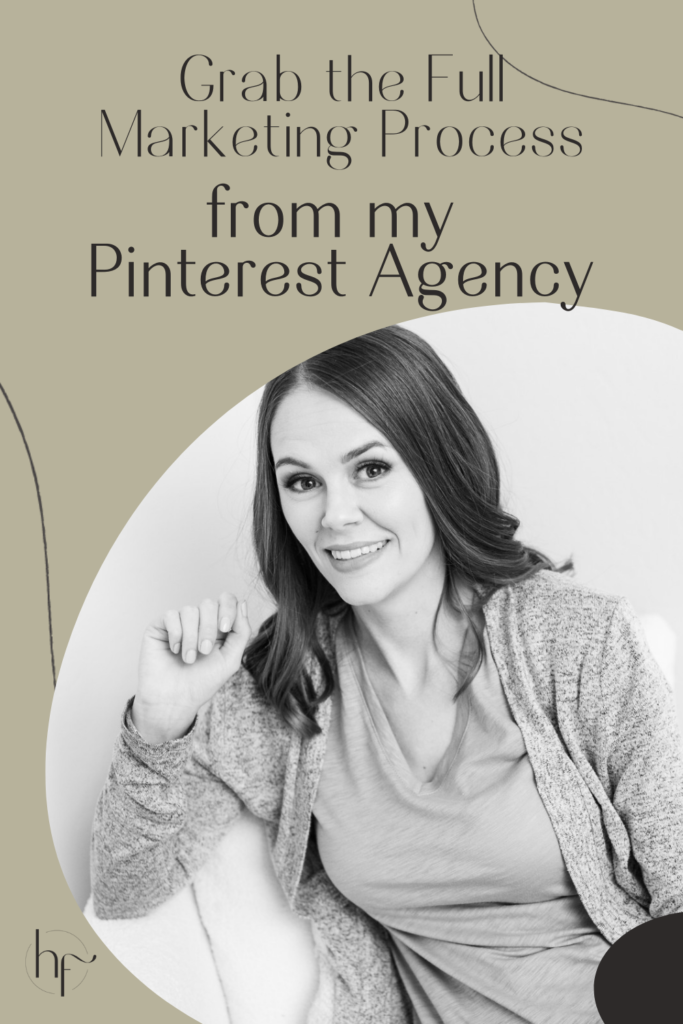
Heather Farris went to school for accounting and worked for years in banking and finance. After finding all of that entirely too boring she started her first blog in her basement in August of 2016. She has started 3 blogs in the marketing, motherhood and travel niches and used Pinterest to grow them all. She quickly became the go-to Pinterest strategist in her peer circles and has been implementing strategies, driving traffic and sales through organic and paid tactics for her clients. On this blog and her YouTube channel, as a renowned Pinterest marketing expert, she educates the public about clear and transparent marketing strategies to help them to grow on Pinterest and in other places online as a renowned Pinterest marketing expert.
